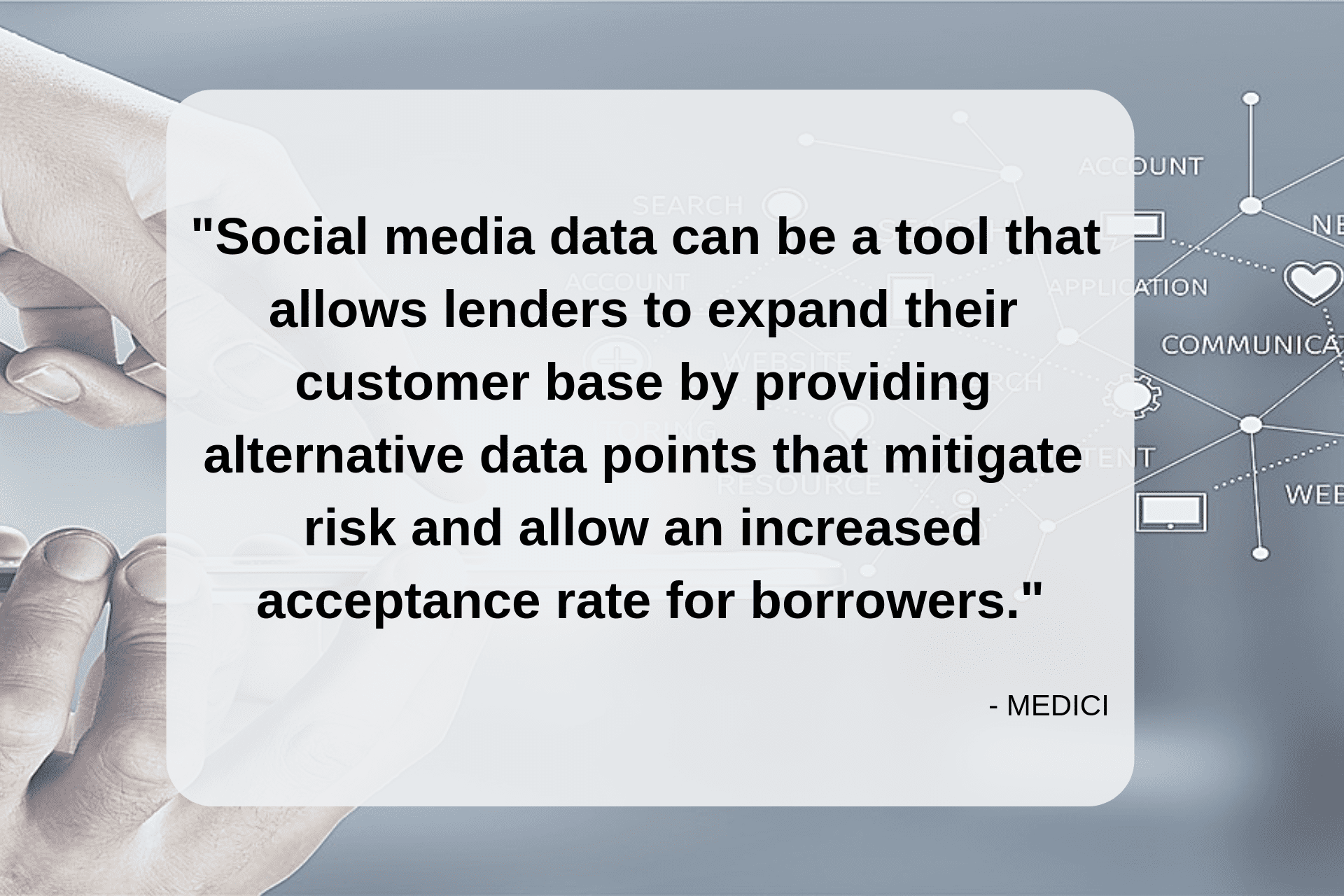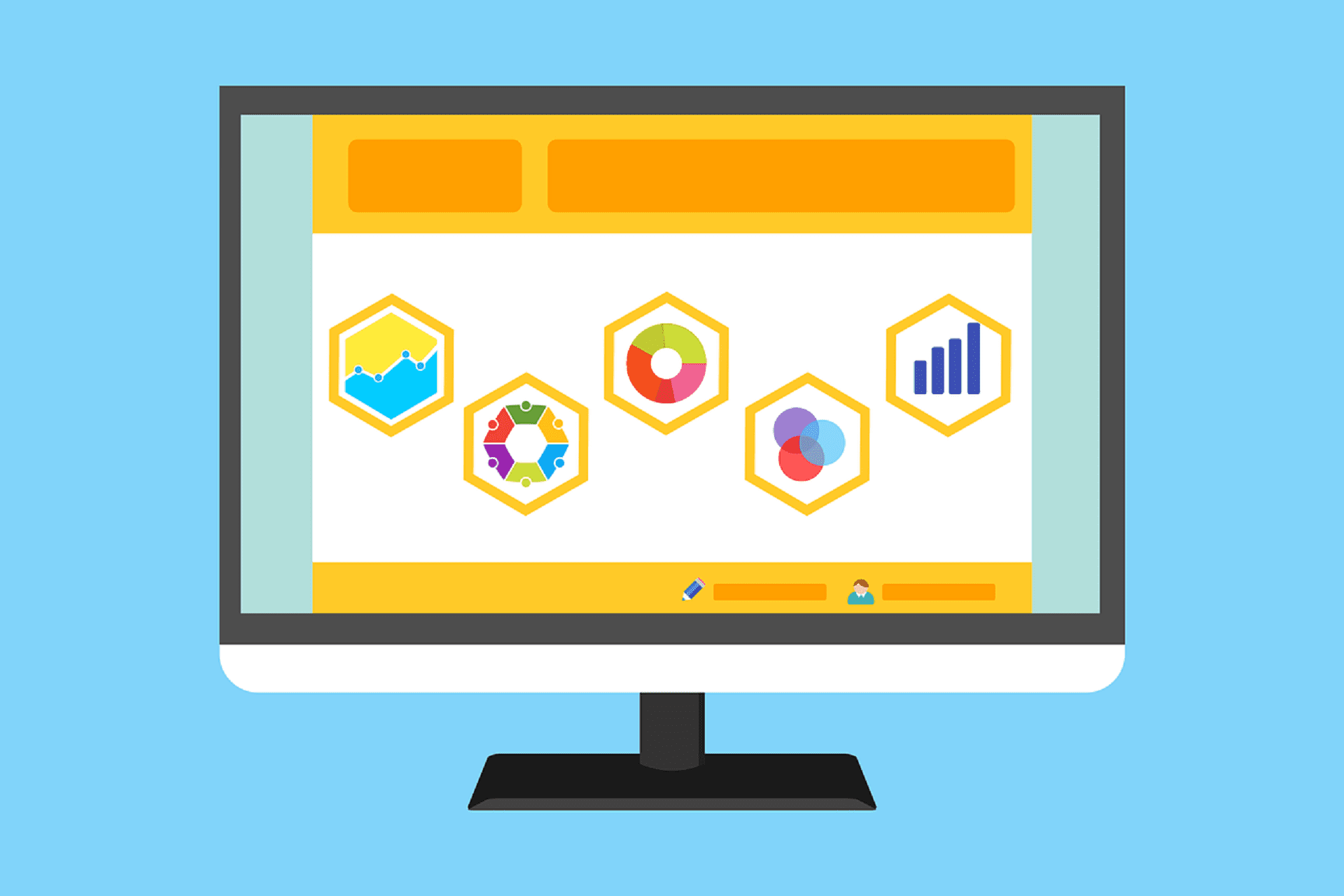Unbanked, Underbanked, Underserved – What’s the Difference?
There is indeed a big difference!
The Unbanked are not participating in the formal financial sector – typically this means that they have no checking, savings, loan or insurance products. They must handle all of their transactions in cash or barter. Singapore have less than 2% of the population as unbanked. In contrast, China has 225 million unbanked adults in 2017.
Underbanked describes people or organizations who do not have sufficient access to mainstream financial services and products typically offered by retail banks and thus often deprived of banking services such as credit cards or loans. Underbanked can span a wide population, for example even those who don’t have access to afforadble foreign exchange or investment products.
The Underserved, struggle to access a suitable set of financial services. Underserved can include small businesses who struggle to get access to working capital because they gave up on an arduous loan application process. FinTech, for example, works to solve this by offering easy to use, affordable accounting software, which harvests the data to automate the SME loan process.
Alternative data arrives on the scene
1.7 Billion people have no track record with the formal financial system. In the past, they became invisible to the banking system. Alternative data allows them to become visible.
Alternative data is characterized as data not typically in a traditional credit report. The traditional credit report contains your payment history on current and past loans, as well as inquiries for loan applications, and legal items.
Alternative data which is outside that traditional credit report may include:
-
utility payments
-
rent payments
-
mobile phone payments and top ups
-
mobile payments
With the advent of the mobile age, we can add unstructured, or “big” data such as:
-
search history
-
social media activity
-
geolocation data
Mike Mondelli, SVP, TransUnion, listed property, tax, deed records, checking & debit account management, payday lending information, address stability, and club subscriptions being among the sources for alternative data.

Alternative Data as an Enabler of Financial Inclusion
A key argument in favor of using social media and other alternative data is that it helps those outside the formal financial sector to join in. For example, those who deal mainly in cash, alternative data can make their case as a potential borrower.
Experian notes, “Alternative credit data can take the shape of alternative finance data, rental data or deeper attribute insights to shine a light on a consumer’s overall stability. Overall, it’s clear these additional fields deliver a more complete view of today’s credit consumer.”
That more complete view should work in conjunction with any traditional credit evaluation data which are available. It would be a misomer to think we are simply replacing traditional credit bureau data with facebook data. The goal is to supplement and ‘fill in the blanks’.
For example, GM Financial incorporated alternative data with positive results at the aggregate level. Steve Bowman, Chief Credit and Risk Officer, noted that by being able to pull a wider set of consumer data, his organization can sometimes lower the interest rate charged on a loan by 2 percentage points.
Alternative Data as a Danger to Financial Inclusion
Recall that rent and utility bills can be a source of alternative data for the unbanked or underbanked. Chi Chi Wu, a staff attorney at the National Consumer Law Center, commented that she is not so sure that alternative data is a good thing. “A lot of low-income consumers often pay their utilities late, especially in months when the costs are high. And sometimes people withhold their rent because of issues with their apartment,” she said. “Will these systems take any of that into account?”
The lender must still evaluate the traditional five “C’s” of credit, Character, Capacity, Capital, Collateral and Conditions, and social media or limited sources of alternative dat may not be sufficient.
Further, there are challenges specific to social media data which are difficult to overcome. Manish Khera Founder & CEO, Happy notes that data is not always available for everyone in the same format. “If I chose to look at the social media records as alternate data – I am bound to get a mix of people who are inactive, super active.”
What is the solution?
First, as Entrpreneur India points out, lenders turn to e-commerce, payments and remittance data as a more reliable source of alternative data, than social media and other sources. There is a trend to include this type of payment behavior in alternative data solutions.
Second, lenders realize they must incorporate as many data sources as possible, which may include mobile device data, payments, social, and psychometric data. The sum total of these sources allow the credit profile of the borrower to emerge.
Third, strong analytic tools and vigilant risk management are required to make it all work.

